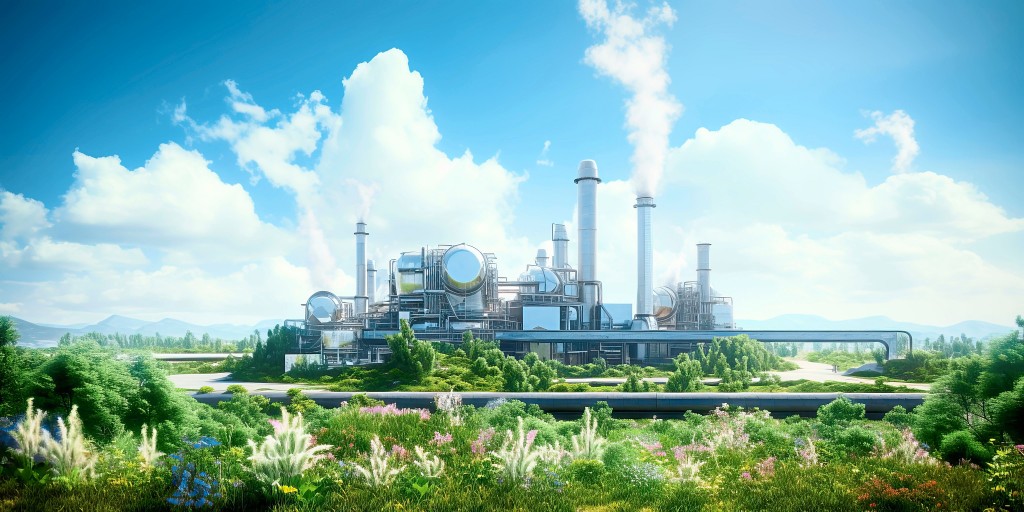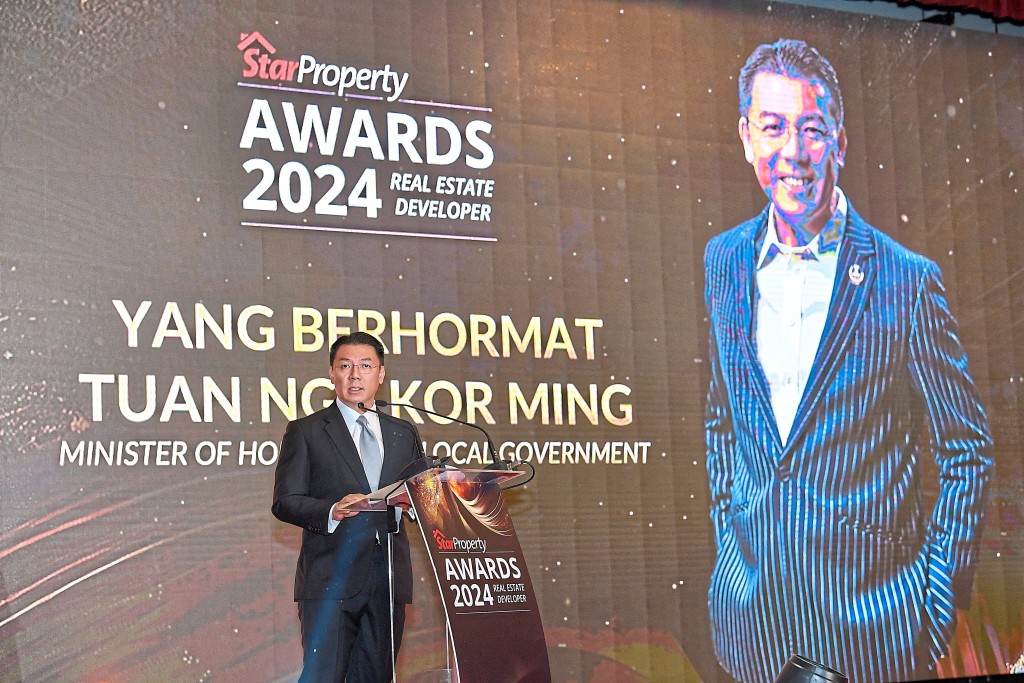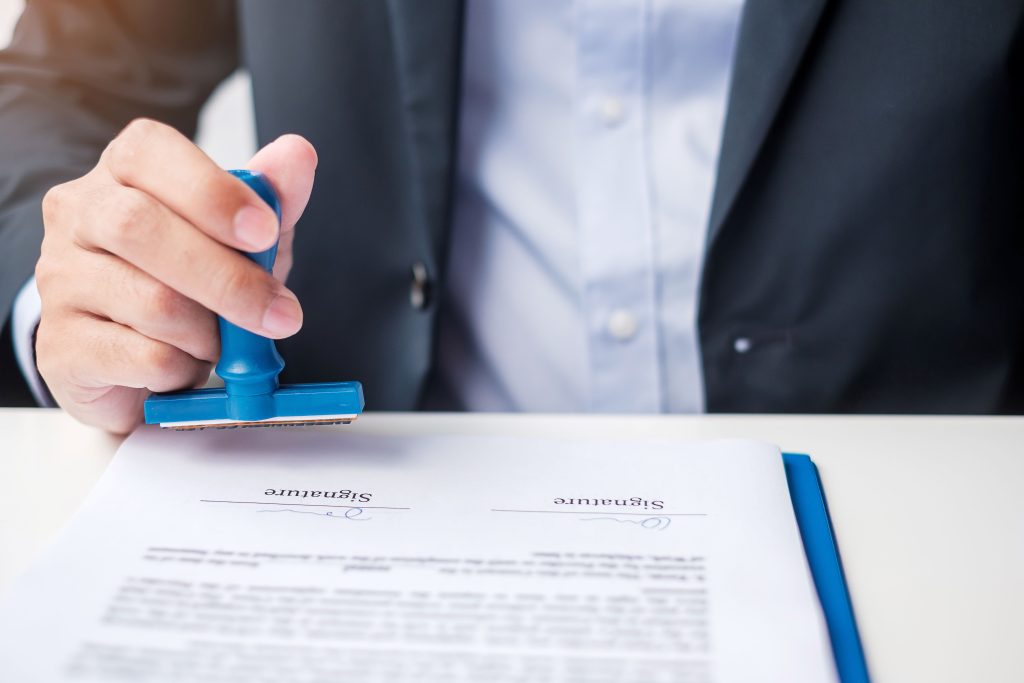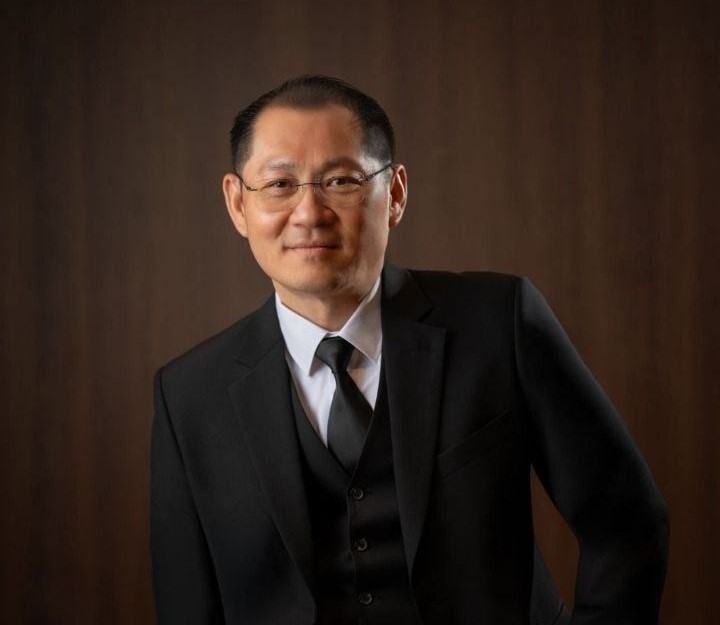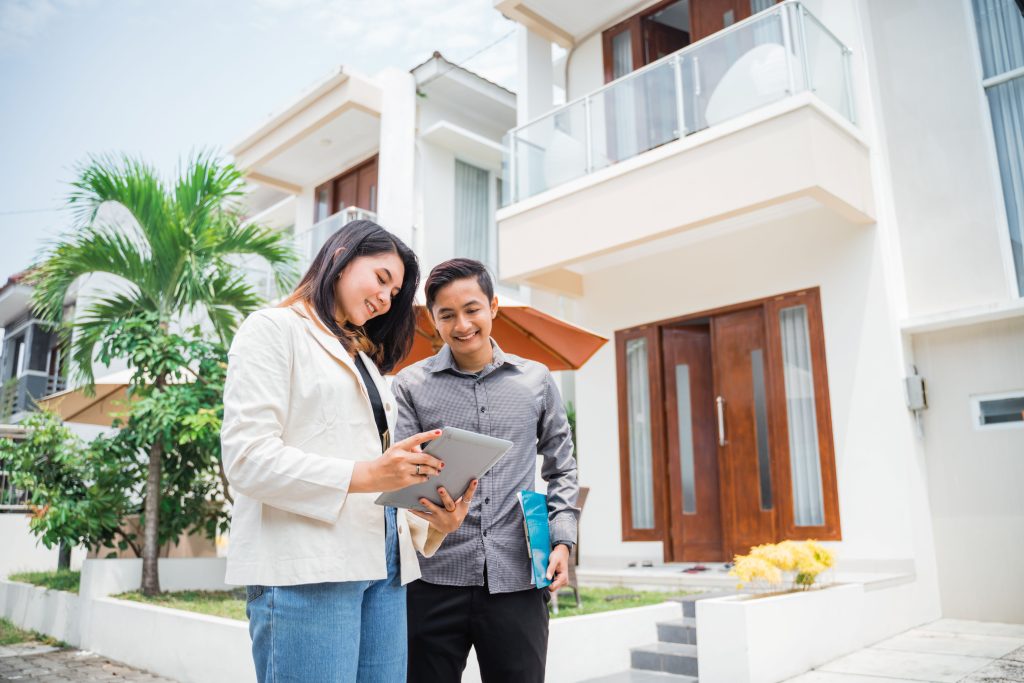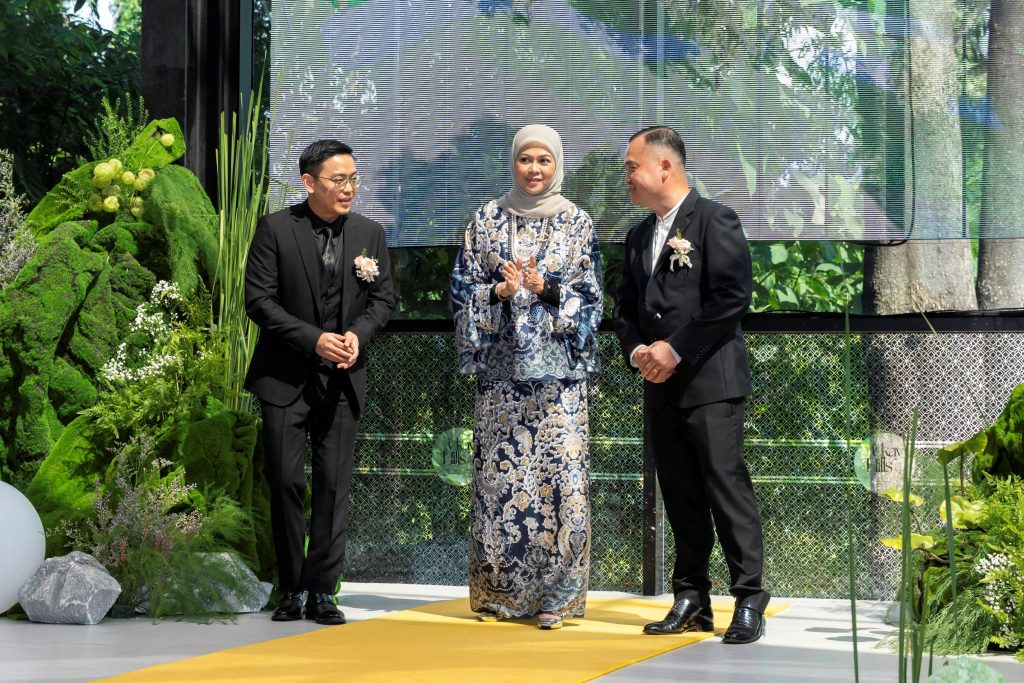New concepts and niche sub-sectors spiking more interest in the sector
By Sulaiman Saheh
In recent years, the industrial sector has been dubbed as the darling of the property sector – transformed from being the less sexy one amongst the more eye-catching residential, commercial and retail segments. Much has been discussed on the industrial sector’s performance as technological advancements, e-commerce and the 4th Industrial Revolution ploughed new avenues and enhanced the sector’s pace of growth.
Today we see new concepts and niche sub-sectors within the industrial property landscape, making the sector much more interesting. In addition, the New Industrial Master Plan 2030 which was announced last year, is poised to continue the sector’s momentum to achieve greater heights in forwarding the country’s position within the global industrial supply chain.
A quick look back
Going back to the early years, factories would organically be established based on where raw materials or demand were located and positioned along transportation routes – be it by roadways, railways or waterways. These began during the pre-independence era with stand-alone factories seen near seaports and rail stations.
While this had resulted in a seemingly sporadic pattern of factories and warehouses, one of the earliest efforts at intentionally designating a specific industrial area in the country was seen for Bayan Lepas in Penang. Facing a difficult economic period after losing its free-port status in the late 1960s, the Penang State Government then took a transformative step toward industrialisation by way of free trade zones (FTZs) - aimed at attracting foreign direct investments in export-oriented industries and generating employment opportunities.
As efforts were directed to shift the nation towards a more orderly development of the industrial sector via export-led industrial parks, the Free Trade Zone Act of 1971 was gazetted with the support of the Federal Government.
In August 1972, the country saw the opening of Malaysia’s first FTZ in Bayan Lepas by the Penang Development Corporation (PDC). Another FTZ area was opened in the same year, the Sungei Way Free Trade Zone, following its pre-established positioning as an industrial area in Petaling Jaya. With these and many other new industrial areas, steadily Malaysia was transforming into a newly industrialised country as aspired by the First Industrial Master Plan 1986-1995 (IMP1). The Free Trade Zone Act 1971 was subsequently replaced by the Free Zones Act 1990 which established Free Industrial Zones in place of the original FTZ, and Free Commercial Zones for trading and services communities.
Better infrastructure designs
Industrial parks, which are defined as areas zoned and planned for industrial activities, steadily gained traction amongst domestic manufacturers as well as foreign companies as clusters of factories create economies of agglomeration and such parks provide better infrastructure design and capacity.
The nation’s strategic direction to nurture the growth of the industrial sector coupled with the Look East policy in the 1980s, stimulated the industrial sector's contribution to the economy. The manufacturing sector’s share of GDP rose from 13.3% in 1970 to 30% in the mid-1990s. Notably, the export of manufactured goods increased from 12% of total exports in 1970 to 81% in 1997.
Fuelled initially by the growth of the Asian Tiger Economies in the 1990s and continued into the 2000s, more privately developed industrial parks emerged with contemporary offerings such as Bandar Bukit Raja and Batu Kawan Industrial Parks. The Second Industrial Plan 1996-2005 (IMP2) resonated to enhance competitiveness and promote innovation through technology adoption, human capital development and diversification – hence moving from labour-intensive to hi-tech and higher-value industries.
From the mid-2000s onwards, Malaysia has progressed further under the Third Industrial Master Plan (IMP3) which spans from 2006 to 2020. Designed to reflect the Government’s commitment to achieving a high-income status and sustainable growth, industry players were encouraged to foster innovation and focus on high-value-added and green industries. The IMP3 has solidified Malaysia’s position in various sectors such as electrical and electronics, petrochemicals, palm oil and the halal industry. Building on the inertia, the New Industrial Master Plan 2030 (NIMP 2030) is developed with the intent for Malaysia to emerge as a global leader in industrial development by extending the domestic linkages to create wealth across the nation from manufacturing activities as well as to strengthen its position in the global value chain.
SDG and ESG concerns
Recognition is also given to the importance of environmental preservation amidst the pursuit of industrial progress and the nation’s commitment to international agreements and conventions related to sustainability. This includes achieving the Net Zero carbon-emission target as early as 2050. Implemented in two phases, the first phase of NIMP 2030 focuses on strengthening the existing industrial foundation while in the second phase in 2027 to 2030, the focus is shifted towards capitalising on opportunities towards developing an advanced economy whilst keeping to the sustainability agenda. The second phase is expected to accelerate the transformation of traditional industrial parks into eco-industrial parks.
As the next evolved version of its predecessor, an eco-industrial park is a community of manufacturing and service businesses located within a designated area. Rather than each running their operations independently of each other whilst sharing the same provided infrastructures, players within the park look to enhance their environmental, economic and social performance through collaboration in managing environmental and resource issues. This is done by engaging in an industrial symbiosis. The term is defined as being traditionally separate industries engaging in a collective approach to gain a competitive advantage that involves the physical exchange of materials, energy, water and by-products. If the enterprises in an industrial park are organised in a synergistic manner that mimics a natural system so that waste from one company becomes a resource for another company, the area then evolves into an eco-industrial park. Through this, the shift towards and adoption of green technologies, the application of resource-efficient production methods as well as the reuse of waste energy and waste materials are better facilitated.
An emerging trend for industrial parks is the concept of a Managed Industrial Park (MIP). The concept builds on a centralised, integrated and gated industrial park with multi-tier access control and is supported by a complete ecosystem for industries - from security and amenities management to healthcare and the well-being of personnel. An MIP is made conducive with an actively managed infrastructure, utilities and supporting amenities such as a support centre, centralised labour quarters, a skills development centre and perimeter fencing security, amongst others.
Taking a cue from this, the Selangor state government has taken the initiative to implement a specific guideline for the development of MIPs in the state. An example of an upcoming MIP in Selangor is the NCT Smart Industrial Park (NSIP) launched in 2022. Adhering to the guidelines of a managed industrial park, the NSIP will feature advanced infrastructure, AI-based technological facilities, complementary commercial components as well as being GreenRE certified.
Together with the incorporation of Sustainable Development Goals (SDG) and environmental, social and governance (ESG) aspects into the resulting built environment of industrial properties and industrial parks, the market will see a new generation of industrial space that will meet the economic, social and environmental needs of future industrialists more sustainably.
The Malaysian industrial property landscape has evolved from being areas of stand-alone factories to a more integrated network of industrial parks and clusters. The needs of the global industrial players today are more complex and demanding, thus, the premises offered need to be more robust with a supporting comprehensive eco-system. Such would be required to synergise with the NIMP 2030 in ensuring the country’s attractiveness as a global industrial hub.
The assimilation of the different elements including a stronger and expanded supply chain through industrial symbiosis with the incorporation of SDG and ESG will strengthen and fortify a circular industrial system thus creating more opportunities within the Malaysian economy.
The emergence of new concepts like MIPs brings these elements together in facilitating the growth of the new technology-based and existing high-performing industrial sectors. We hope the industrial landscape will continue to evolve and climb up the global value chain as the nation continues to strive towards achieving a high-income nation with higher contributions by the industrial sector to the GDP.

Sulaiman Saheh
is the director of
Research at Rahim
& Co International,
a real estate
consultancy firm in
Malaysia. If there
are any inquiries,
please email
sulaimansaheh@
rahim-co.com.
Stay ahead of the crowd and enjoy fresh insights on real estate, property development, and lifestyle trends when you subscribe to our newsletter and follow us on social media.


